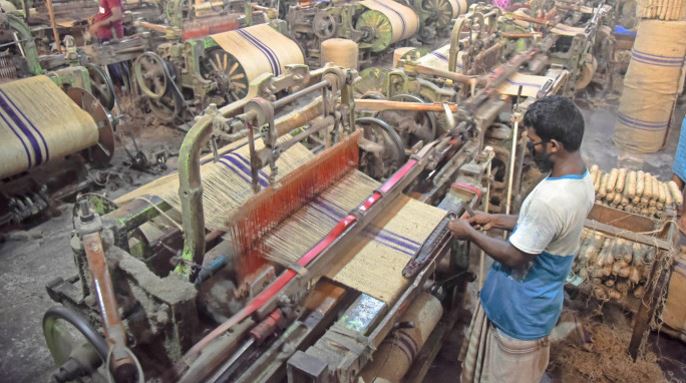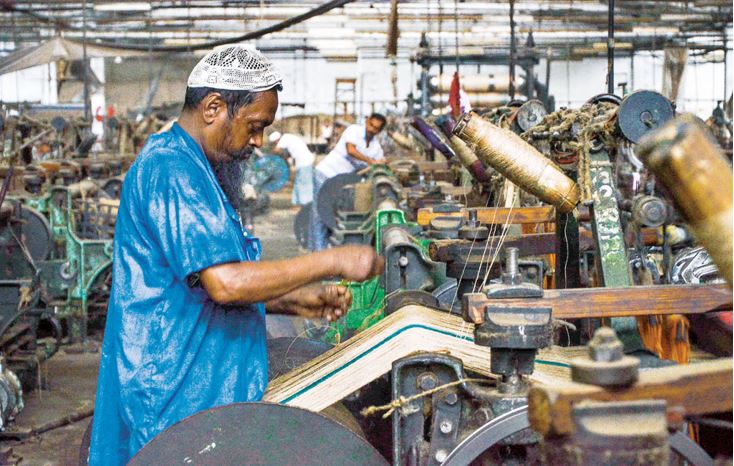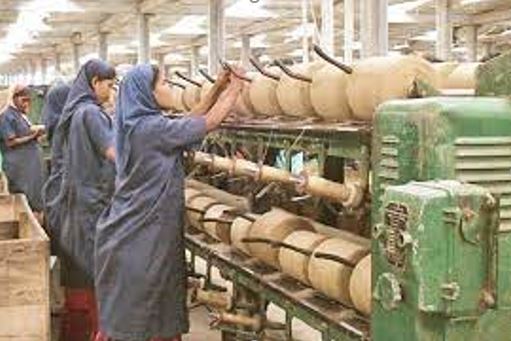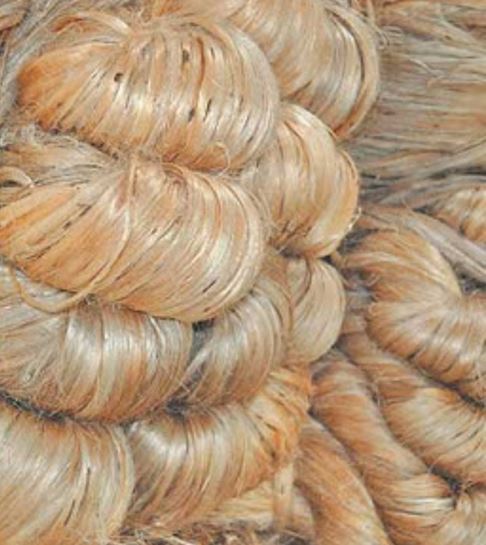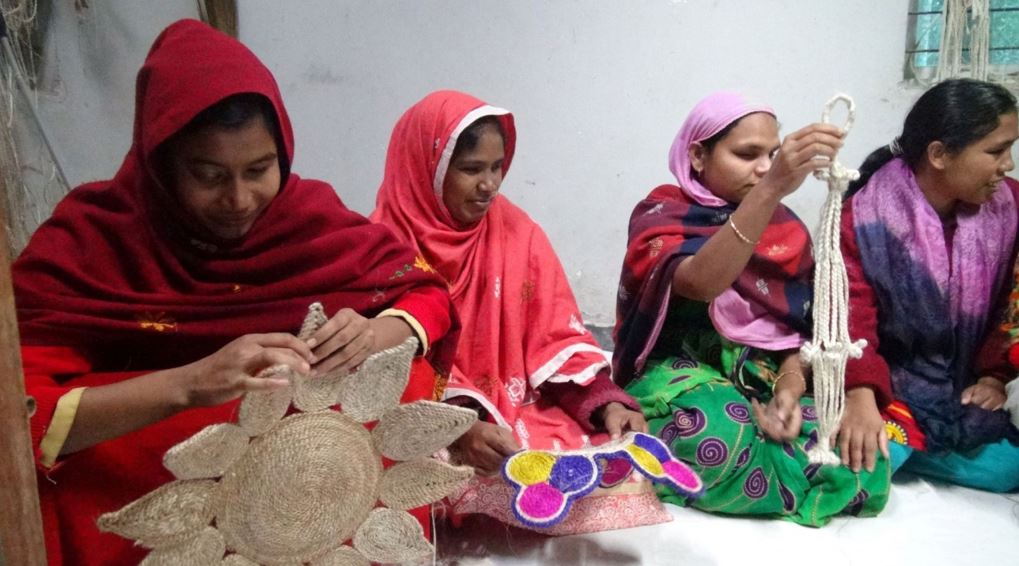Jute and Jute Goods Sector
Jute and Jute Goods are eco-friendly product and its demand across the globe is constantly growing considering its environmentally friendly nature. The consumer of the developed economy is using diversified jute and Jute goods in their daily life. Bangladesh as a major producing country of jute has huge scope and potentiality to grab the untapped market of the world.
In terms of export value, the jute and Jute sector has occupied the third position followed by apparel and agricultural products. Although Jute cultivation in Bangladesh dates back to prehistoric era, its industrial processing here is a recent development that only started with establishment of Bawa Jute Mills at the outskirt of Dhaka in 1952.By 1970, the nascent jute industry grew at a rapid pace capitalizing the global reputation of the ‘golden fibre’ and became number one source of foreign exchange for the then Pakistan. After emergence of Bangladesh as an independent country in 1971, the government nationalized all 78 jute mills in operation that time and created Bangladesh Jute Mills Corporation (BJMC) to own, operate and manage those. BJMC not only did uphold globally reputed legacy of ‘golden fibre’, but also expanded the area of activity through establishment of few new mills to explore jute diversified products (JDP) raising total number of mills to 83. As a result, jute continued to be the new-born country’s industrial backbone and largest source of exchange earning until mid-1980s.
Since the late-1980s, the jute industry lost pre-eminence to the fast-growing RMG industry but remains a significant economic sector offering livelihood for more than 30 million people. During the recently concluded fiscal 2020-2021, jute and jute products earned USD 1,161.48 million in exports.
Main Exportable Jute Products
Until the late 1980s, jute and jute goods together remained main source of export earnings of Bangladesh. With the emergence of fast-growing ready-made garments sector during the late-1980s and sudden rise of polythene and plastic products along the same time, jute gradually lost its preeminence over time. However, in recent years, a surge in global demand for jute products, especially ‘jute diversified products’ (JDP), led to resurgence of its past glory.
Currently Bangladesh is producing wide range of jute products including 282 JDPs. Notable categories of JDPs include home textiles, household furniture/decoration, gardening items, paper/packaging products, office stationery, floor cover/mat, bags, jute geo-textile, fashion accessories and shoe products. Brief description of main types is:
Jute based items for decorating wall: Jute goods are widely used for fashion and aesthetic purposes. Especially for wall decoration, different items of jute are being used such as; embroidered paintings, framed products, framed photographs, tapestries, framed mirrors, wall decals, wall hangings, hacking pockets storage, key holders, etc.
Jute bags: Handbags, shopping bags, beach bags, Christmas bags, sling bags, sacking bags, bottle bags, hessian cloth bags, hydrocarbon free bags, food grade bags, etc.
Jute craftworks: Sketchbook, pen keeper, cards of salutation, picture frame, folders for containing document, gift container, tissue box, wall hangings, slip pad holder, jute coasters, table mats, jute hammocks, lampshades, stationery.
Jute textile: Hessian cloth or burlap, geotextiles, yarn, carpet backing cloth (CBC), hydrocarbon free cloth, canvas.
Jute apparel: Jacket, footwear, fashion accessories.
Jute furnishings: Mats and durries, cushion covers, fabrics, blinds, rugs, carpets

